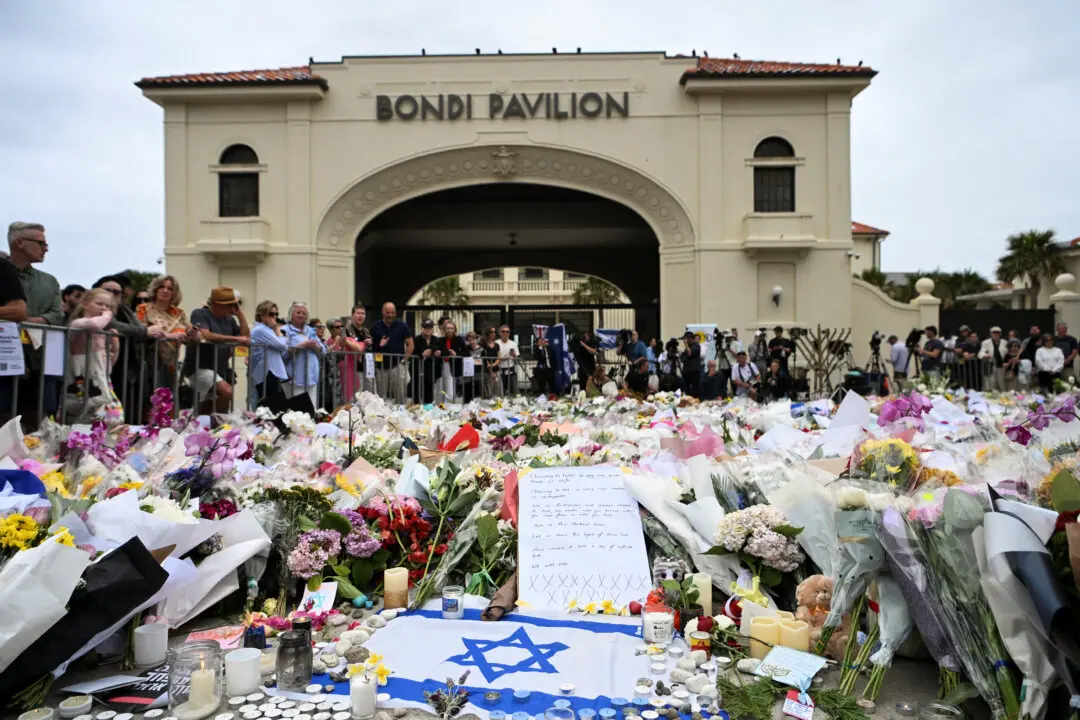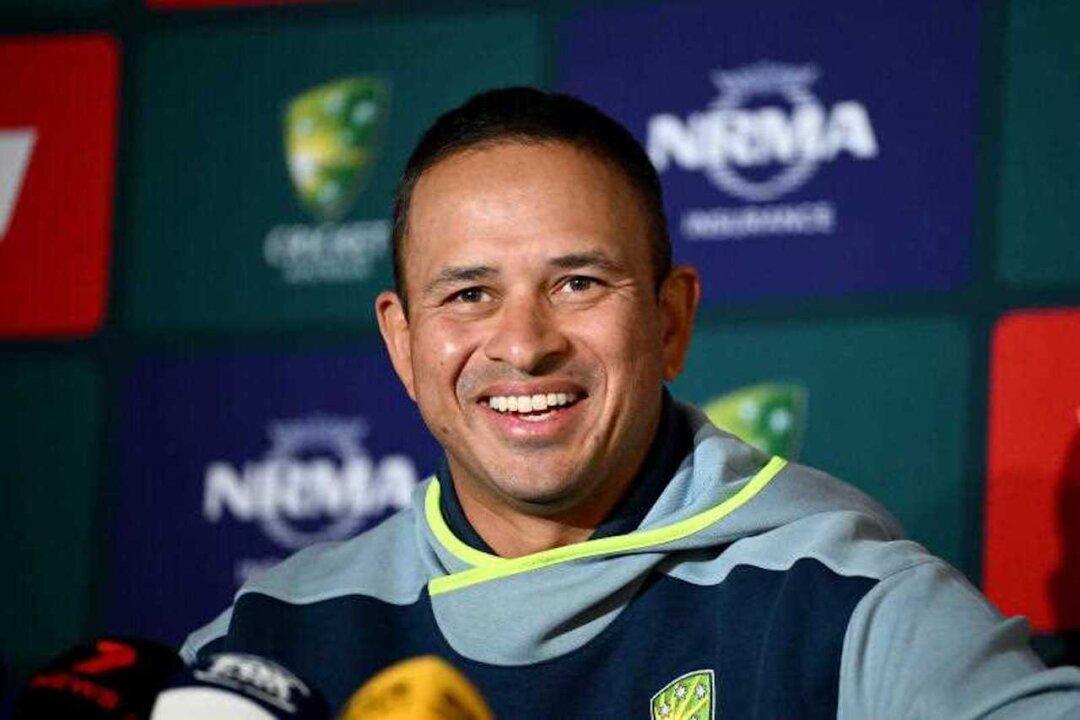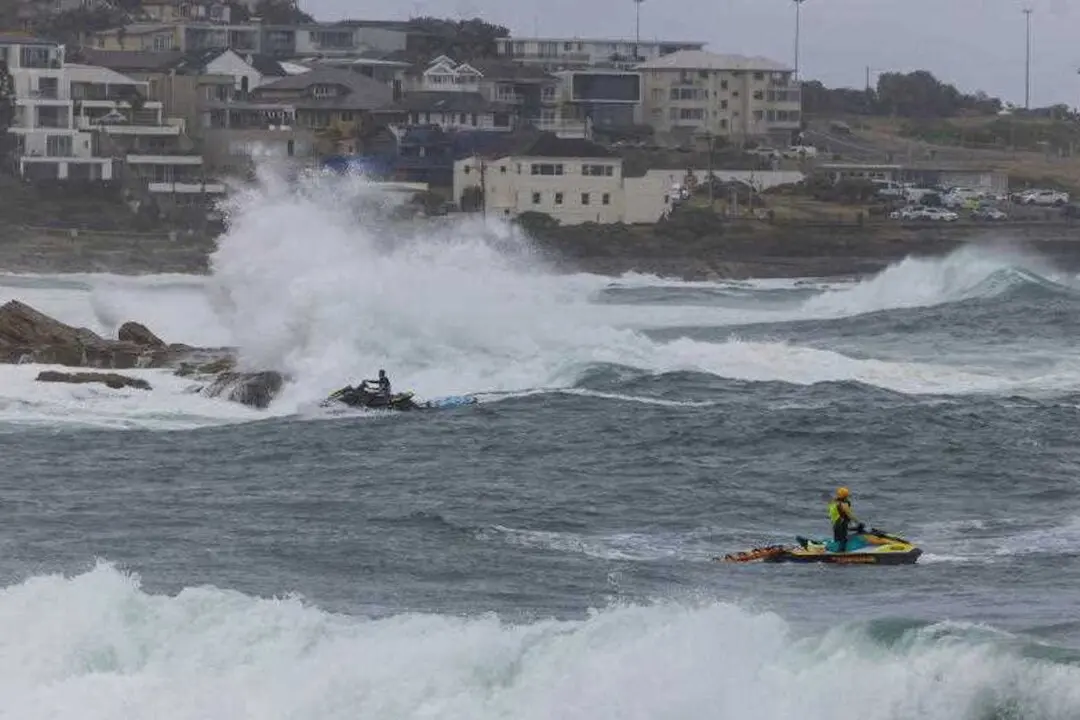The Department of Education in Australia’s most populous state, New South Wales (NSW), has unveiled data detailing why teachers left the profession, showing the number of permanent public school teachers who resigned has steadily increased each year since 2017.
During the same period, the number of teachers who retired fell from 2017 to 2020, before stabilising in 2021.





